The hopes of a community on her back
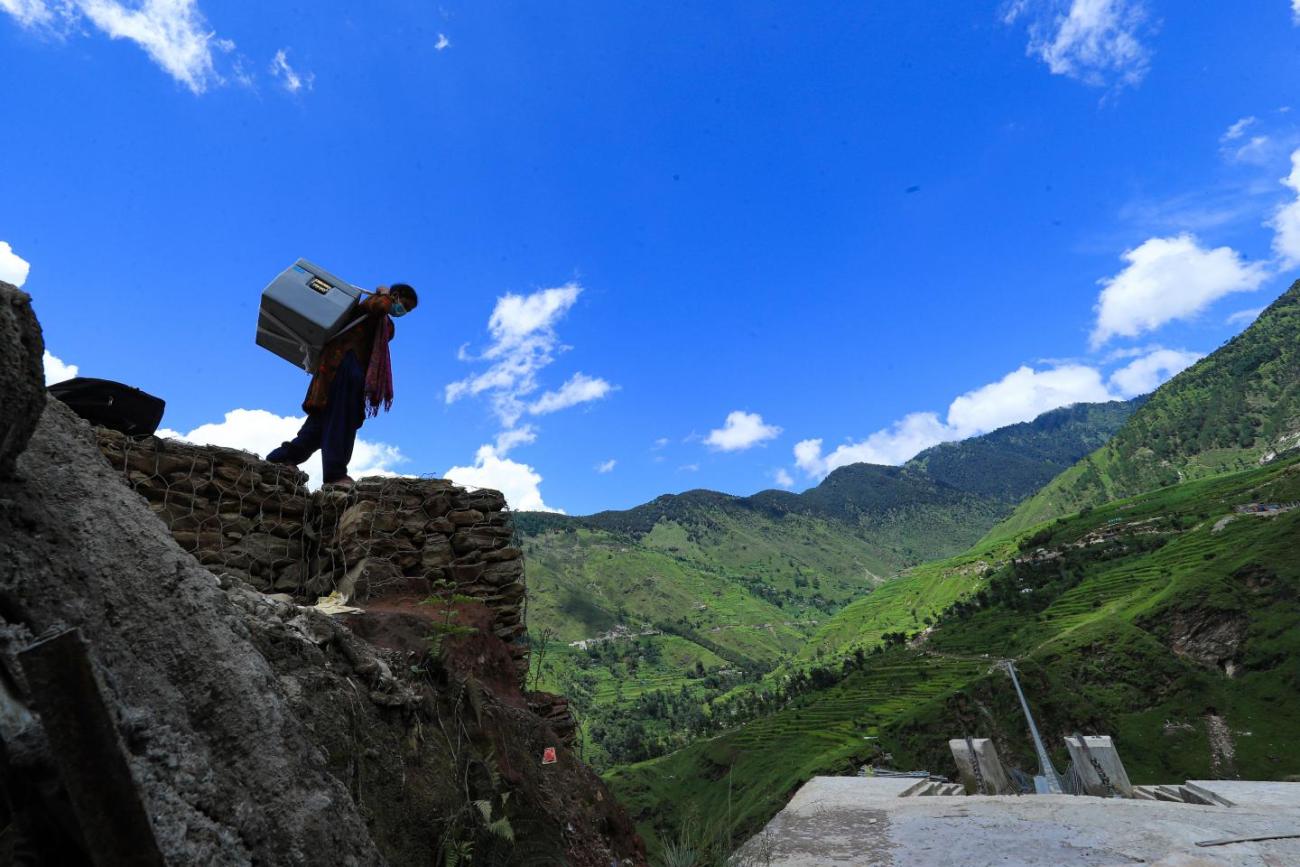
Birma Devi Kunwar, a health staff in Darchula has been carrying life-saving vaccines to the remote Health Post for years, is now treads the same with COVID-19.
Darchula, Nepal: For the past four years, Birma Devi Kunwar has been weaving her way up and down the hilly pathways in Darchula District in Nepal’s remote far-west, a vaccine box perched firmly on her back. Birma is responsible for periodically collecting vaccines from the vaccine store in the district headquarters of Khalanga and taking them to the Pipalchauri Health Post in Duhun – located in the upper reaches of the district – where she works as a support staff.
Until this year, 32-year-old Birma had been carrying a variety of life-saving vaccines meant primarily for the routine immunization of children in the village, something she continued to do through the COVID-19 pandemic.
“After COVID-19 vaccination started in the country a few months ago, I’ve been walking the same path but with these new vaccines,” she says.
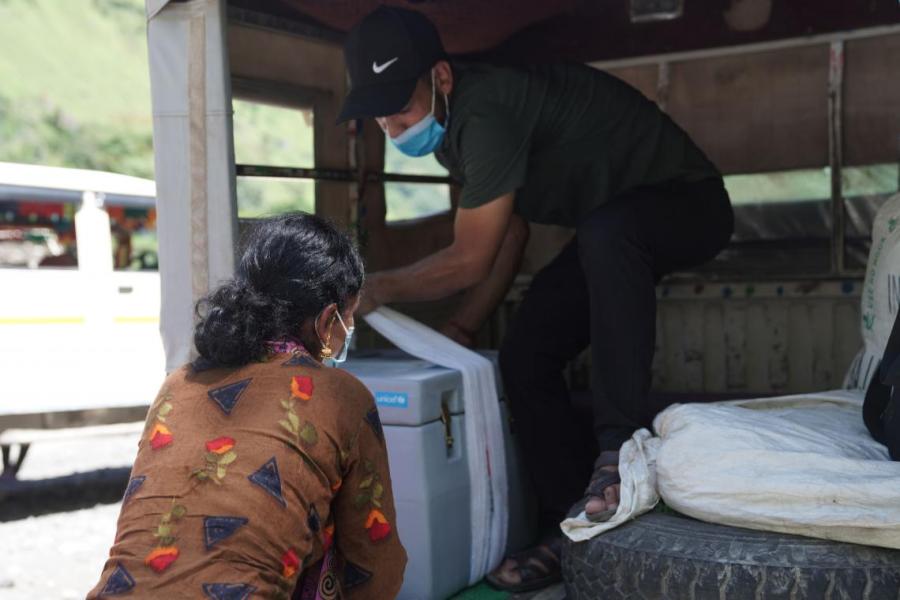
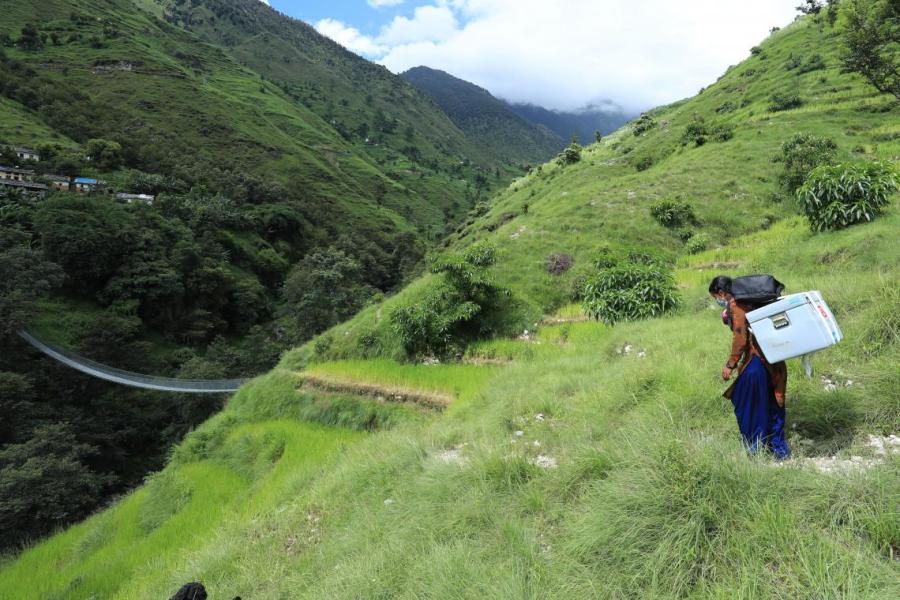
It’s precisely such a batch that Birma is moving this early August morning, namely doses of the single-shot Johnson & Johnson COVID-19 vaccines. These are part of the over 1.5 million doses of the vaccine that the US Government donated to Nepal through the COVAX Facility in July 2021. In Darchula, as in other parts of the country, the vaccines are currently being administered through vaccination centres like Pipalchauri to designated priority groups, including persons with disabilities.
While it is possible to drive halfway to Duhun in a vehicle, followed by over an hour’s walk across a long footbridge and up a steep slope to the health post – the very route that Birma is taking today – this is not always a viable choice.
“The roads here are unreliable for many months of the year, particularly during the monsoon,” Birma says, explaining the obstructions and dangers posed by landslides that often follow heavy rains, rendering the already-narrow, rocky roads unmotorable for weeks at a time. “It’s a risky ride.”
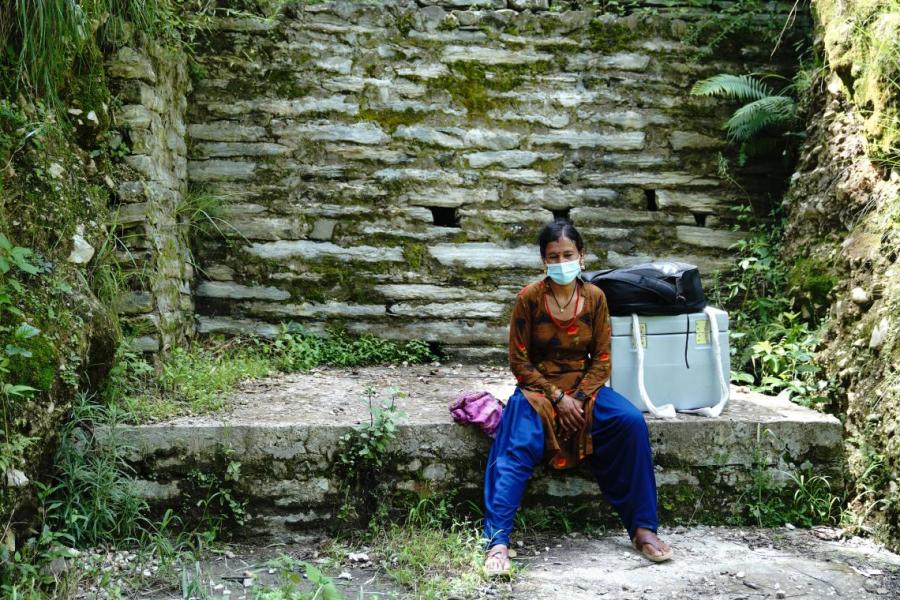
This is why Birma prefers to walk the entire stretch most of the time, forgoing vehicle rides entirely, a journey that can take between three to four hours. Although it is certainly the more exerting of the two options, Birma says it’s worth it. “With roads, you never know what’s going to happen,” she says. “At least you can rely on your own feet.”
Having carried vaccines for all these years, Birma has become an easily recognizable figure in her community, and more recently, a magnet for questions about the vaccines.
“People are eagerly waiting for vaccines, they ask me constantly when they will arrive, when they can get it, when it will be their turn. All the time.”
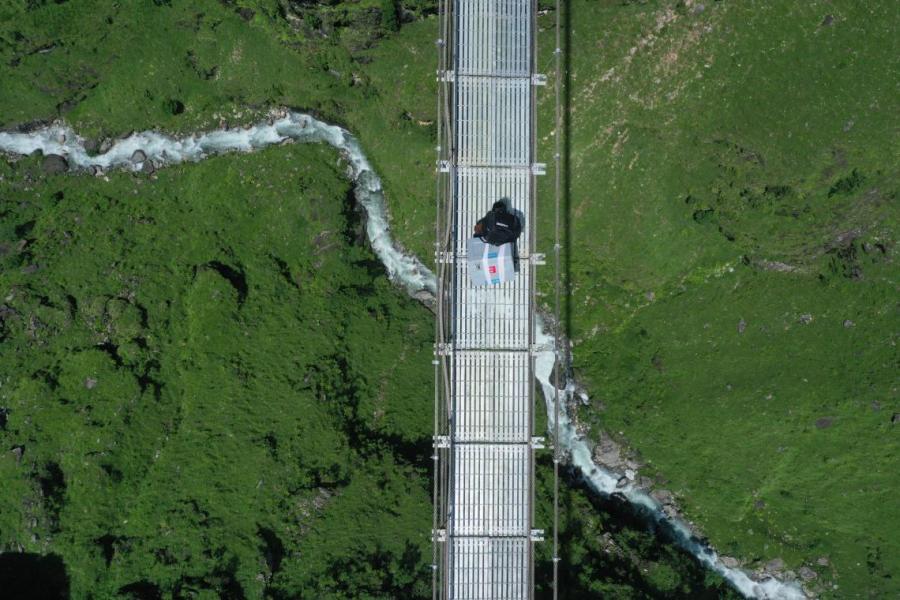
The questions don’t bother her, however. Birma says that knowing she is in charge of ensuring access to vaccines for children and families, who would otherwise be vulnerable to a range of diseases, has always been the most rewarding aspect of her job.
And now, with the pandemic, she feels that sense of responsibility even more acutely.
“This has been a hard time for everyone,” she says, talking about her adolescent son who hasn’t been able to return to school, and her husband, currently working in India to earn for the family. “We all want this to be over and to return to normal.”
“I’m glad to be helping in that in my own way.”
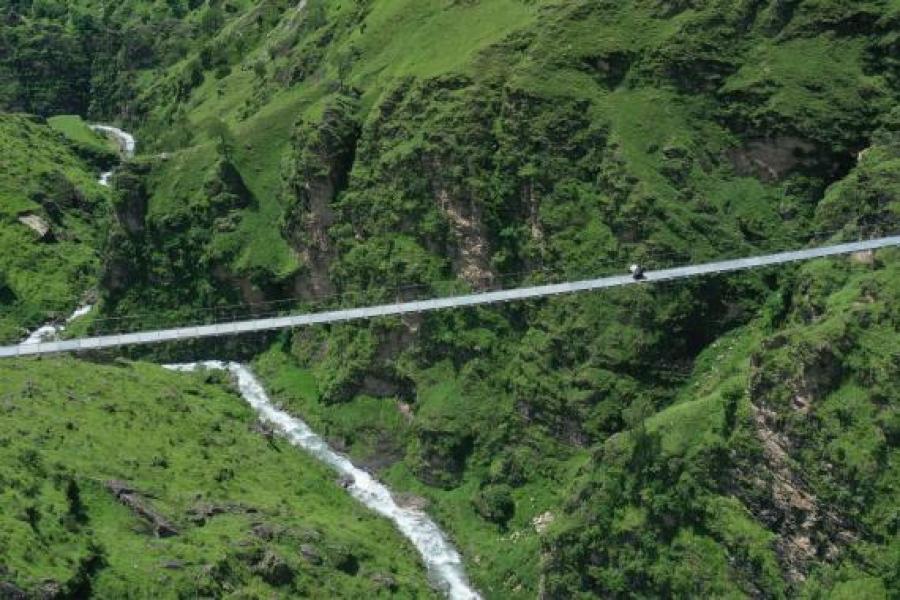
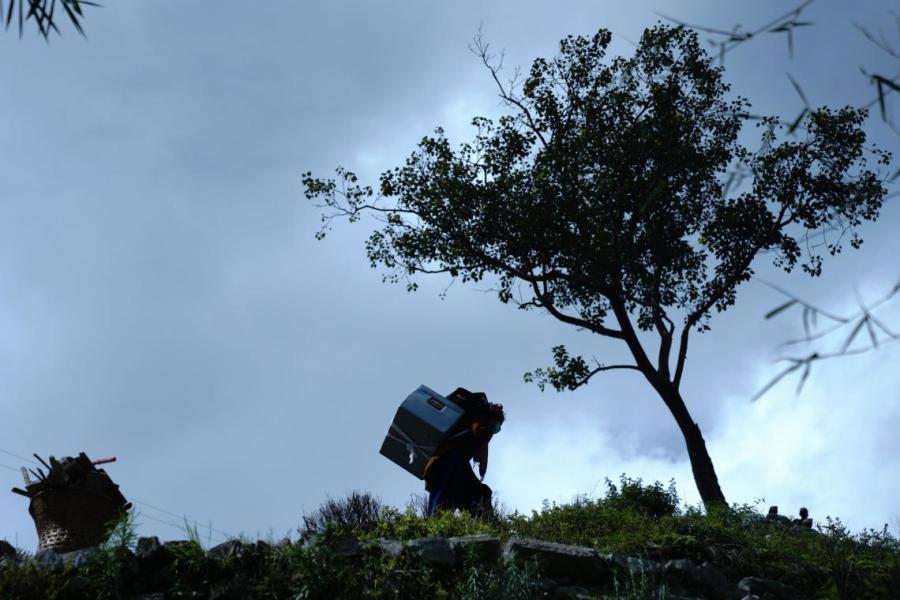
UNICEF – together with key health partners – has long been supporting the Government of Nepal in assessing, strengthening and expanding the country’s cold chain capacity at the central, provincial, district and local levels, including through provision of crucial equipment like refrigerators, vaccine cold boxes and carriers, as well as through necessary technical and logistical support. The cold chain is key in ensuring the safe and effective transport and delivery of vaccines throughout the different legs of their journey, to get them into the arms of the people who need them the most.

